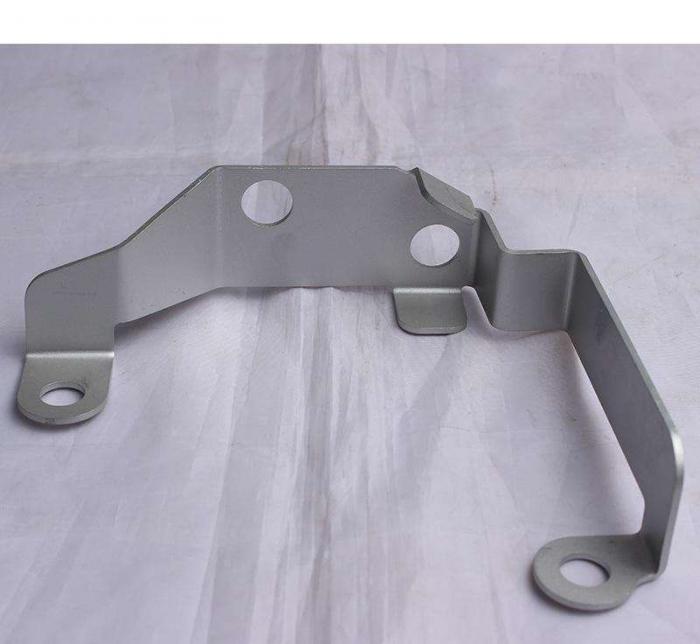China's sheet metal processing has made great progress and development in the past 30 years, but there are still many family workshops in China, with backward equipment and technology.This article will give you something about sheet metal bending technology, hoping to help you.
1. There will be bulge of sheet metal on both sides of the corner after bending due to extrusion, resulting in the width larger than the original size. The bulge size is related to the thickness of the material used, and the thicker the material, the larger the bulge point, In order to avoid this phenomenon, the concave semicircle can be cut at both ends of the bending line in advance, and the semicircle diameter is better than 1.5 times of the material thickness. The same method can be used in the design of reverse folding of the blank. See illustration below.
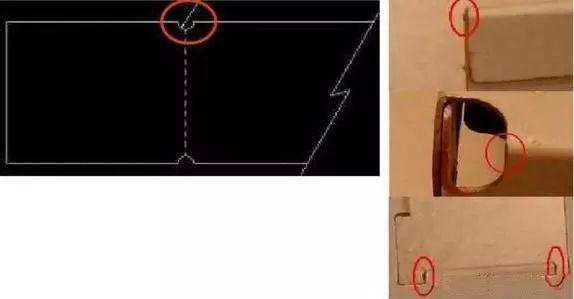
2. We all know that the rigidity of the bending part is relatively poor, especially for the thin plate bending part. In order to avoid the problem of the rigidity difference of the bending part, we can increase the strength of the bending part by adding the stiffener with an appropriate angle of 45 degrees, based on the principle of not interfering with other parts. See illustration below.
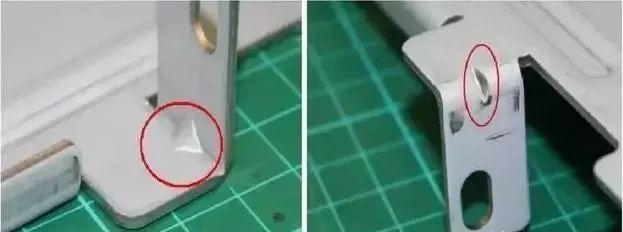
3. Generally, the rigidity of two folded edges of sheet metal parts is relatively poor when they are relatively long, so it is not easy to ensure their straightness, and it is easier to deform after being stressed. We can fold one edge into an L-shape or two edges into a ㄇ shape to increase their rigidity and straightness, but due to some factors, the L and ㄇ shape cannot be continued from the beginning to the end, so what should we do? At this time, we can make proper processing ribs to increase its strength, as shown in the following figure.
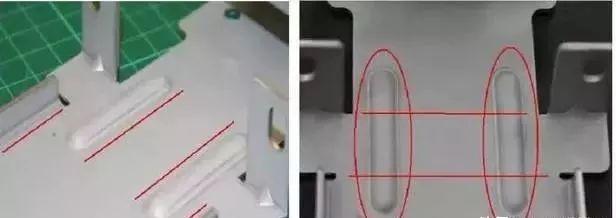
4. It is better to have narrow holes at the turning point between the plane and the bending surface of the bending part or the opening hole retreats to the bending line, otherwise there will be burr, and the width of the long and narrow holes should be greater than or equal to 1.5 times the thickness of the plate. In addition, don't forget to mark the R angle when drawing. The male and female dies with right angle and acute angle are easy to crack. Once the die is damaged, the die repair will cause great loss to the production. See the illustration below.
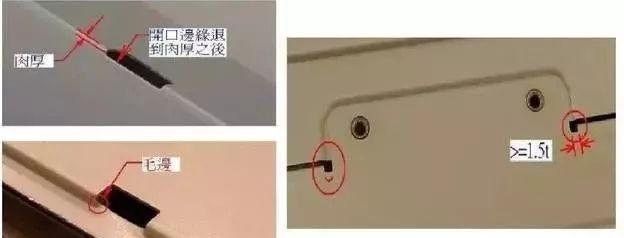
5. If the corner of sheet metal parts is not required to be a 90 degree angle, please make sure to design it as an appropriate R angle, because the sharp point at the corner is easy to cause personal cuts. At the 90 degree right angle tip of the lower die, it is easy to crack due to stress concentration, while the male die is also easy to crack at the tip, which makes the die have to be repaired and delays production, even if it does not crack over time, it will wear and form R angle, so that the product will produce rough edge and cause defective products.

6.(1) The folding edge can be divided into single side folding and double side folding. For the sheet metal bending parts with high precision requirements, it is better to use double side folding, so the precision will be better. The folding edge height is better than 3mm (T: 1.0-1.2mm), otherwise the size will be unstable due to the small clamping size. See the following figure for instructions.
6.(2) If there are other parts or protrusions on one side of the sheet metal bending part, the parts or internal protrusions shall not be too close to the bending angle, preferably more than 10 mm (depending on the height of protrusions), otherwise, the protrusions will resist the lower die and not fold here, causing the R angle here to be larger than the R angle on the left and right sides, making the R angle discontinuous and affecting the appearance. We can test the indentation for one day first to see if the protrusion will resist the lower grinding tool. If it will, we have to do other treatment.
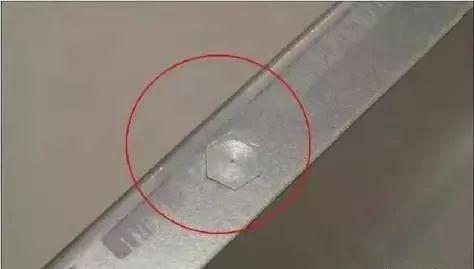
6. (3) If there is a hole on one side of the sheet metal bending part, the opening shall not be too close to the bending line, and the distance between the hole and the bending line shall be kept at least 3mm (when the plate thickness is 1mm), otherwise the hole will be deformed due to the bending force. In order to avoid the deformation of the hole which is too close to the bending line when bending, we can design a long hole on the bending line, the hole center line and the bending line coincide, the length is the same as the hole length, and the width is 1.5 times the plate thickness. See the illustration below.

For most sheet metal processing enterprises, these are the most basic bending process and skills, but I hope to help some new mechanical technicians.

